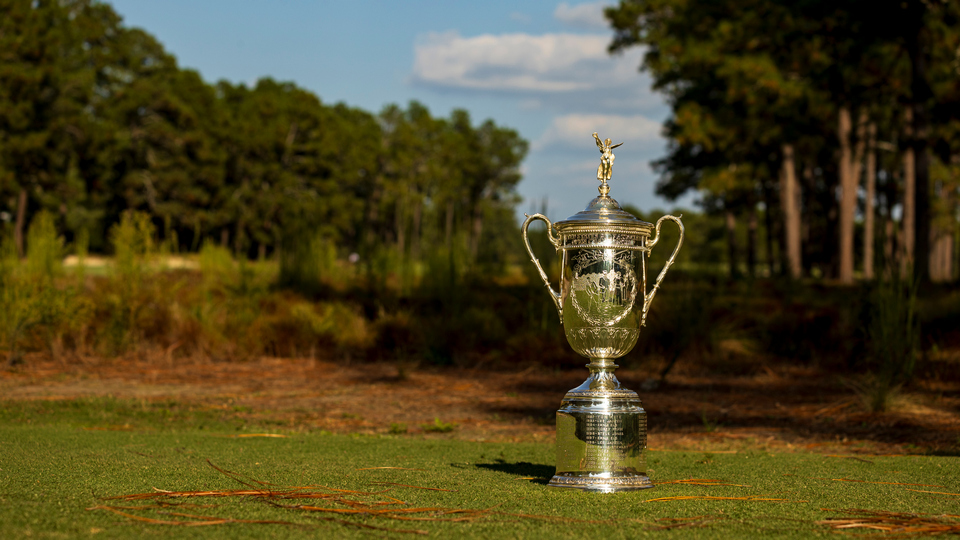PINEHURST, NC. For the fourth time, Pinehurst’s No.2 course will be ground zero to determine the 2024 US Open champion.
The Donald Ross design features a number of key holes that will play a pivotal role for the field.
Credit must be given to Bill Coore and Ben Crenshaw for bringing back to life in 2011 the inherent characteristics Ross originally envisioned.
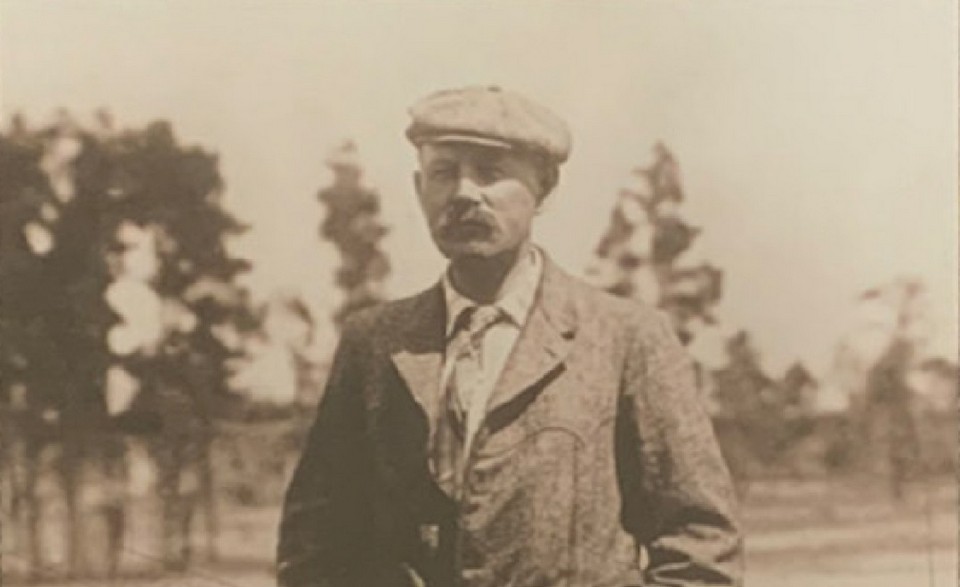
The totality of No.2 is its constant requirement on the placement of all golf shots — most notably on approaches into the putting surfaces.
Six holes are highlighted below for the respective design elements and the overall challenge they provide.
***
2nd Hole / 504 Yards / Par-4
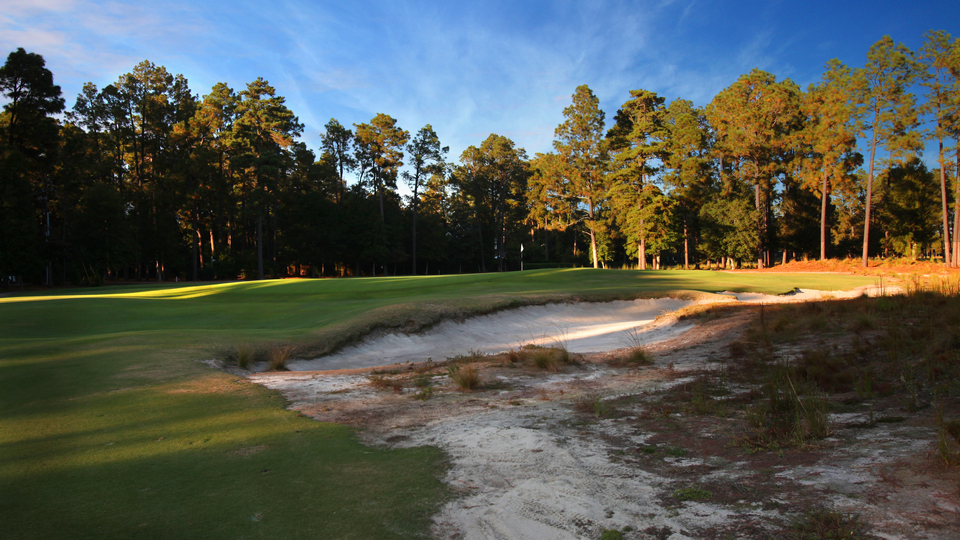
While No.2 begins with a fairly straightforward opening hole, the 2nd turns up the intensity meter in a big-time manner. Many might erroneously conclude that favouring the right side of the landing area will cut off yardage and provide a shorter approach.
On the face of it, that’s true. However, the approach angle from the right side is more demanding because of the angle of the green and a solitary bunker that fiercely protects that side.
The best play is down the left side of the fairway which provides a more open approach angle.
The 2nd is just one of several long par-4 holes that will reward only the finest of plays.
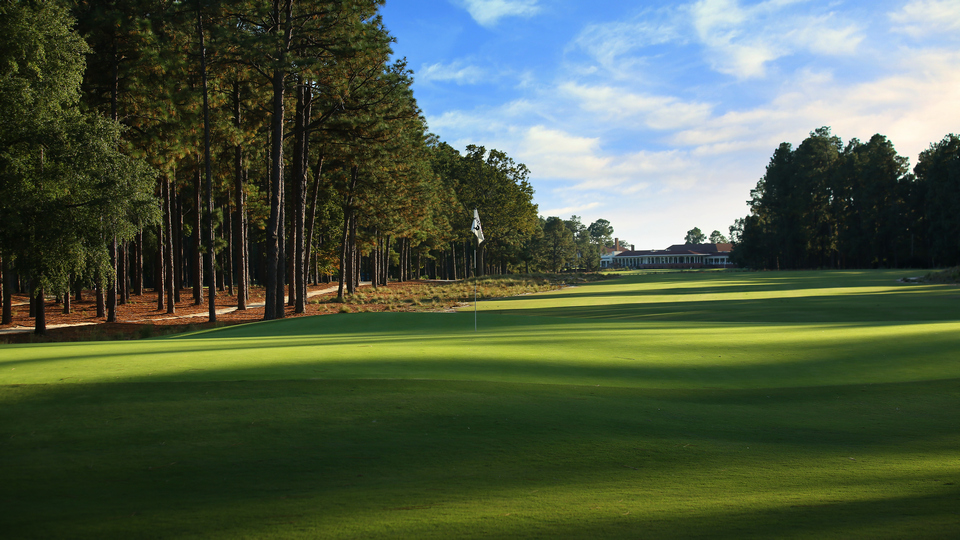
5th Hole / 588 Yards / Par-5
For the 1999 and 2005 U.S. Opens, the 5th was played as a very challenging par-4. For 2014, the hole was reverted back to a par-5 — which is what it played as in the 1936 PGA Championship.
The tee shot plays uphill and turns left.
Players are advised to think carefully about attempting to squeeze more yards from playing down the left side.
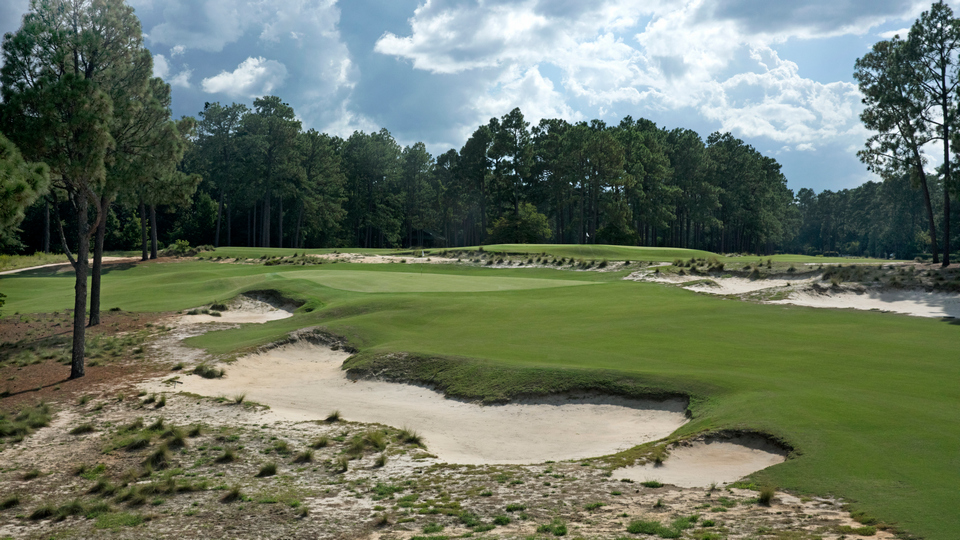
It can probably be expected for the USGA to use multiple different teeing areas to tempt players into going for the green in two shots.
The key, like so many other holes at No.2, is paying specific attention to how shots are played into the 5th green. The putting surfaces have feed-off from all sides and pity the hapless player who misses too far left and encounters a myriad of different lies and stances.
Birdies are indeed possible and even eagles for those who dare.
Interesting side note – the house Donald Ross lived in is directly across from the green.
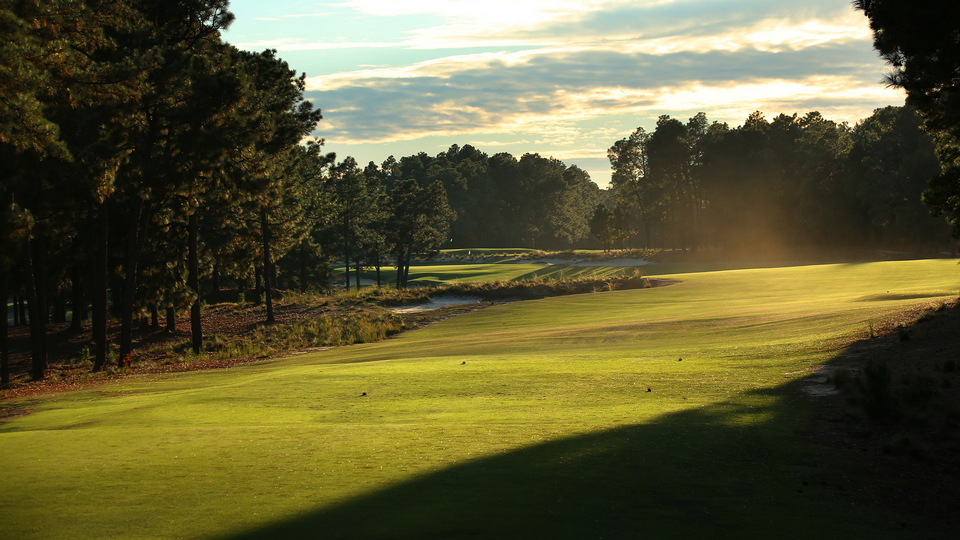
6th Hole / 228 Yards / Par-3
The longest of the short holes at No.2 and the one that proved to be the most challenging on scoring average from the 2014 event.
Teeing areas can be altered dramatically with the hole playing upwards of a 50-yard differential. The most bogeys and least birdies were scored here in 2014.
Players have to be ever mindful of club selection because the green has fall-offs on the sides. Just getting to the centre of the green should be uppermost on the minds of each player.
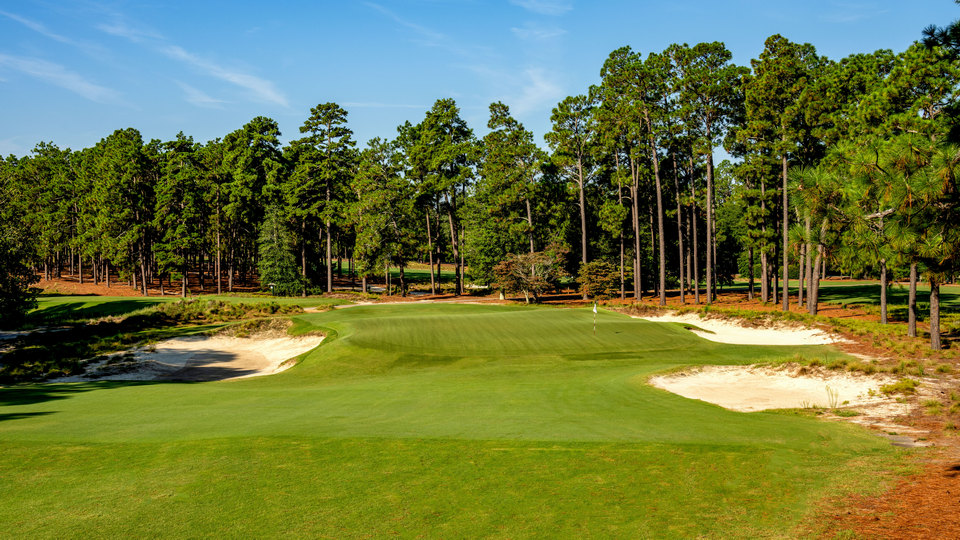
11th Hole / 487 Yards / Par-4
The 11th proved demanding for players when trying to secure a fairway landing area for their tee shots in the 2014 championship. Sandy natural areas are on both sides of the fairway and players cannot assume that should their ball find such areas, a clean lie will be provided.
A large bunker is located on the right side but is not immediately adjacent to the green. Two bunkers protect the left side and one solitary bunker is just over the rear of the green.
Birdies will only rewarded those who can string together a quality tee shot and top-tier approach.
13th Hole / 381 Yards / Par-4
The shortest two-shot hole on the inward half presents a good birdie opportunity, but much of that stems from how aggressive or conservative players opt to play when arriving at the tee.
The USGA narrowed the fairway area from the 2014 event and players will face an uphill approach that will test wedge dexterity.
There is a significant false front to avoid and the pitch of the green from back to front mandates keen awareness on keeping one’s golf ball in the optimum position.
It’s possible that the USGA will use a forward teeing area at some point in the championship to tempt players to go for the green from the tee.
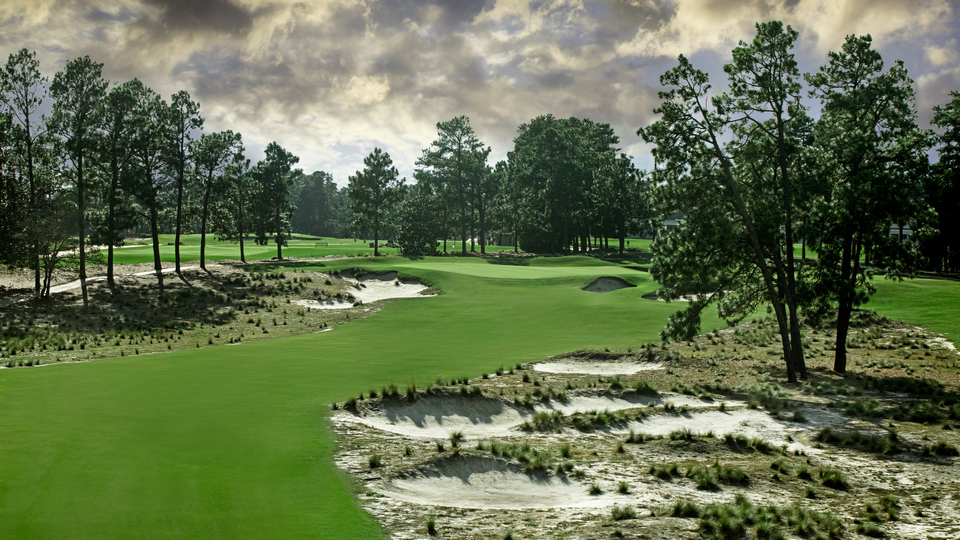
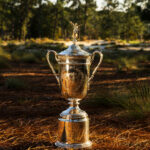
Related: The greatest non-winners of the US Open
18th hole / 448 Yards / Par-4
Closing holes at any US Open provide the climatic test for any prospective champion and the one found at No.2 will certainly challenge players to execute at the highest of levels.
The hole climbs slightly uphill for its duration. The landing area is bracketed by wispy rough and sand areas to the right that must be avoided at all costs. On the left side is a sandy natural area that only adds to the distance for the approach.
Those aggressive off the tee and able to marry length and accuracy can reap a huge benefit in having a short iron into the green.
The putting surface is another puzzler for players to decipher. The memory of Payne Stewart’s final putt dropping for par from 15 feet for a one-shot win in 1999 is indelibly a part of Pinehurst history. One can only imagine the memories about to happen at this year’s championship on the rigorous 18th…
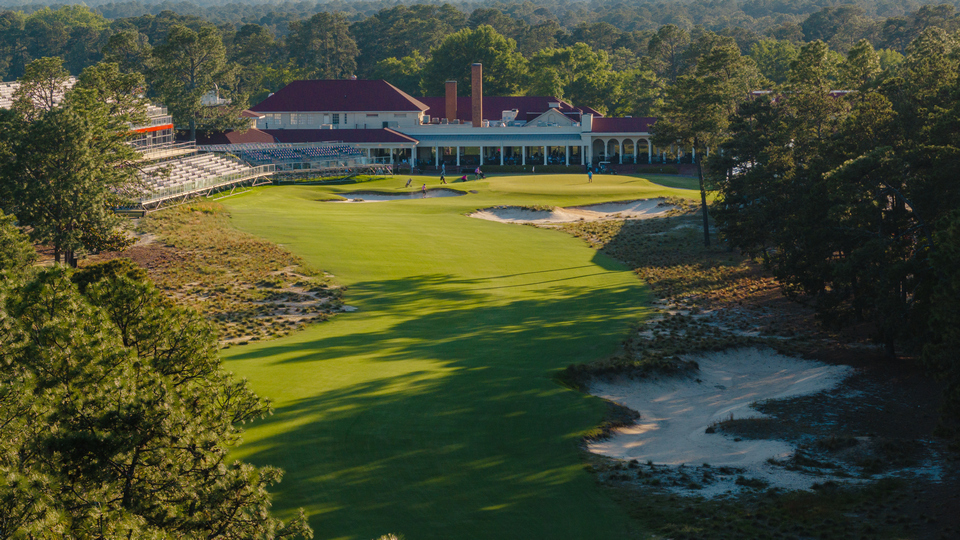
For the latest news in the golfing world, follow us on X (Formally Twitter).
